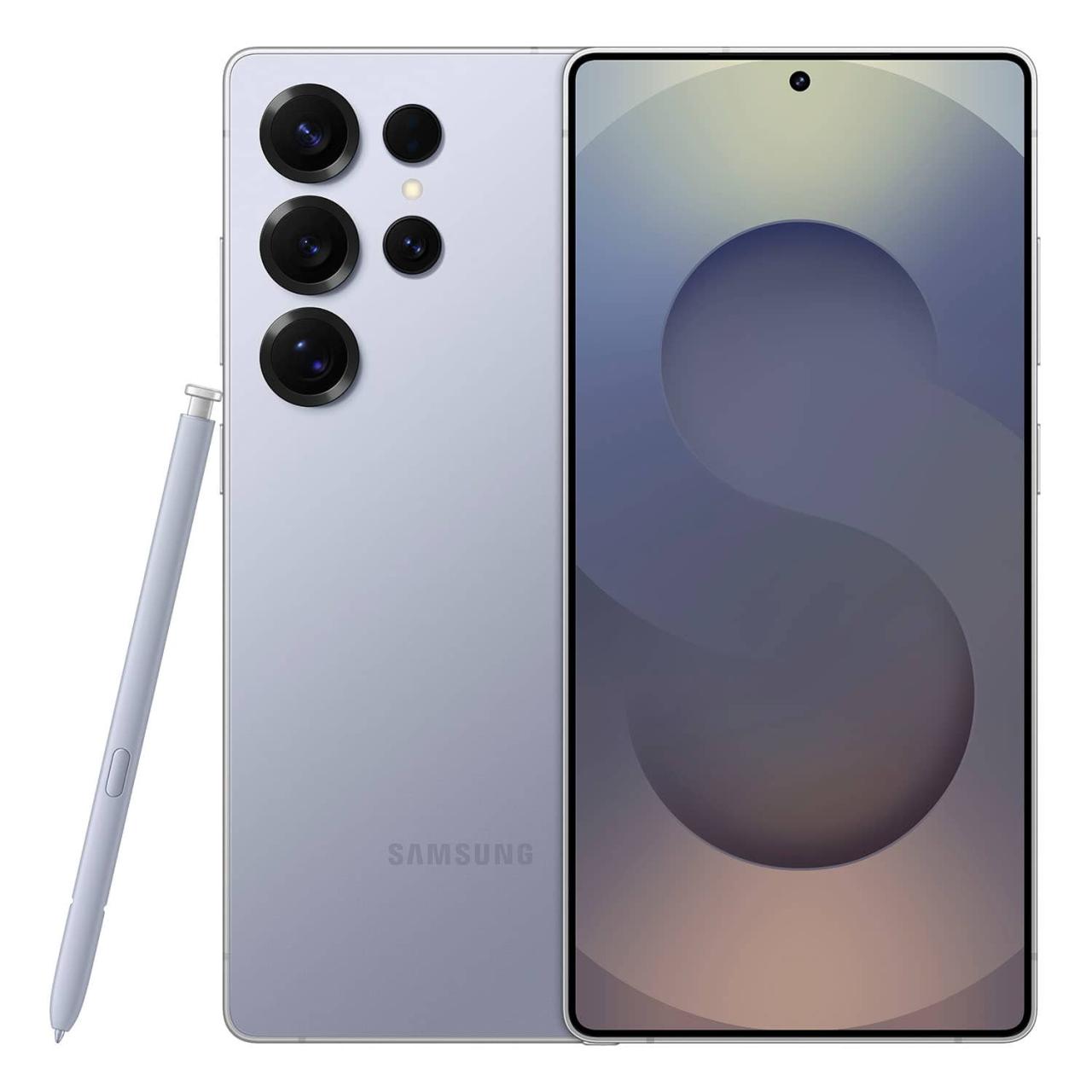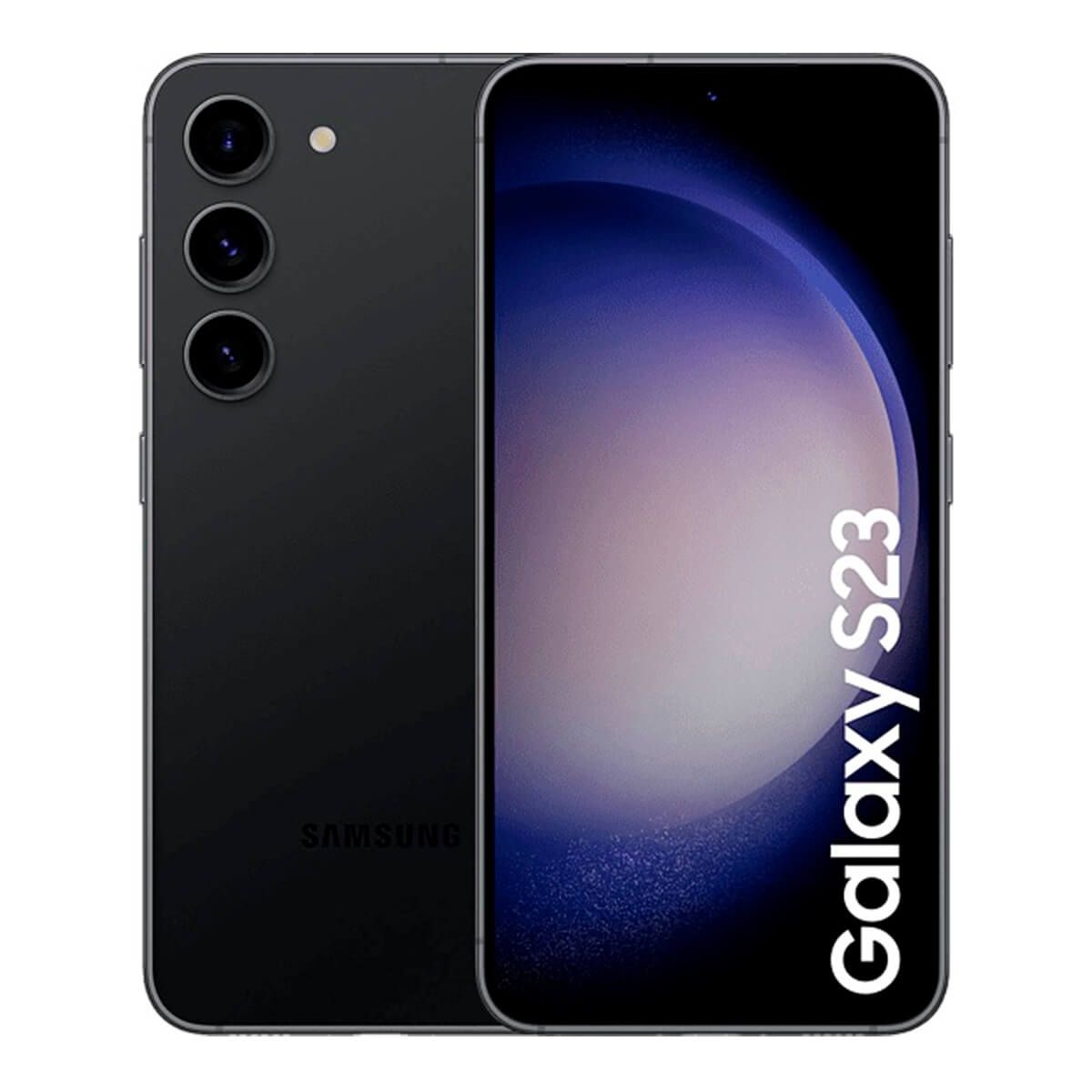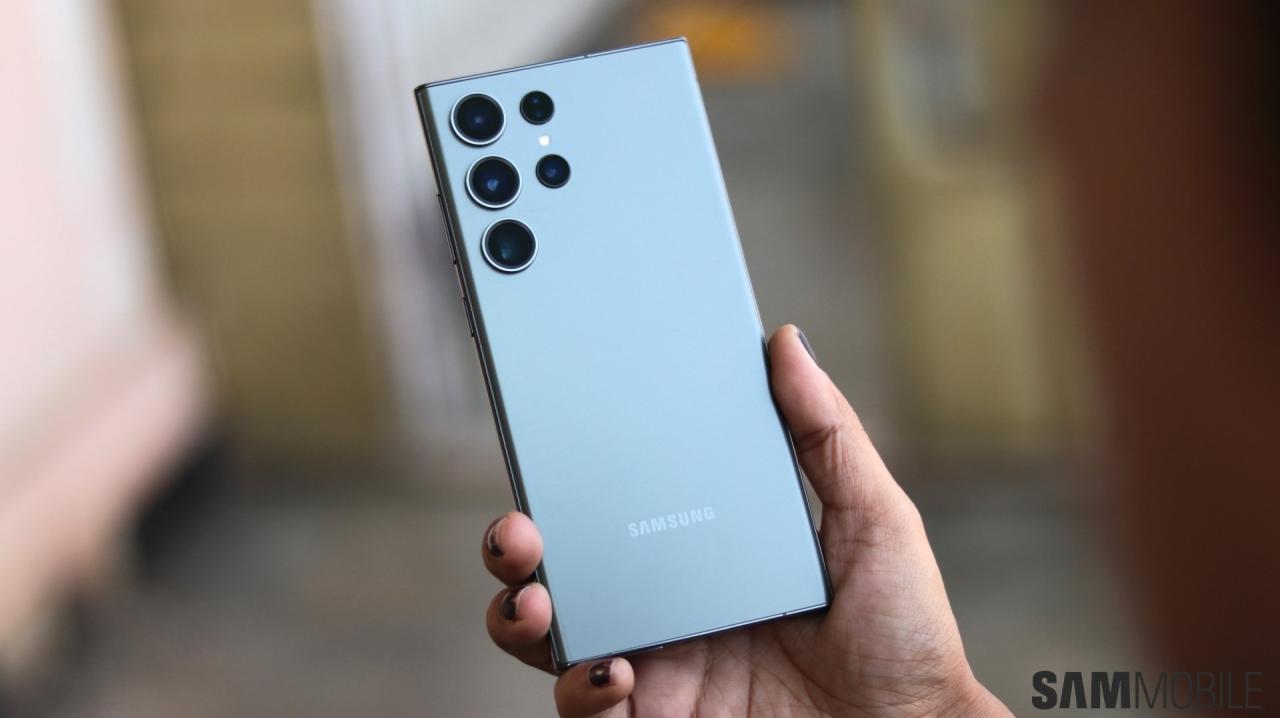samsung galaxy note 7 marks a pivotal chapter in the smartphone saga, blending cutting-edge technology with unexpected turmoil. Launched in 2016, this device was celebrated for its stunning design and innovative features, yet became infamous for its battery-related controversies that sparked worldwide recall efforts.
The Note 7 was equipped with a vibrant display, S Pen functionality, and advanced security features, all of which set it apart from its predecessors. However, its journey was marred by significant challenges, leading to an examination of its impact on Samsung’s reputation and the broader smartphone market.
Overview of the Samsung Galaxy Note 7

The Samsung Galaxy Note 7, released in August 2016, marked a significant chapter in the evolution of the Note series, combining innovation in design with powerful functionality. This device was positioned to cater to professionals and tech enthusiasts, setting high standards for performance and usability.
The Samsung Galaxy Note 7 featured some of the most advanced specifications available at the time, including a vibrant 5.7-inch QHD Super AMOLED display, a powerful Exynos 8890 or Qualcomm Snapdragon 820 processor, and a robust 4GB of RAM. The device supported up to 256GB of internal storage, expandable via microSD, and boasted a 12MP rear camera with Dual Pixel technology, which enhanced low-light photography. Additionally, it included a 3,500mAh battery, with support for fast charging and wireless charging capabilities. The Note 7 also introduced IP68 water and dust resistance, further enhancing its durability.
Timeline of Release and Major Milestones
The timeline of the Galaxy Note 7’s release and key milestones reflects both its promising introduction and the challenges it faced:
- August 2, 2016: The Galaxy Note 7 was officially unveiled at Samsung’s Unpacked event in New York City, generating significant anticipation and excitement.
- August 19, 2016: The device was officially released in select markets, including the United States and South Korea.
- September 2016: Reports of battery issues emerged, leading to a global recall of the Galaxy Note 7 to address safety concerns.
- October 2016: Samsung announced a second recall due to continued incidents of battery failures, ultimately halting production of the device.
Design Elements Distinguishing the Note 7
The design of the Galaxy Note 7 showcased a refined aesthetic and modern elements that distinguished it from its predecessors. The device featured a sleek, symmetrical design with curved edges, which not only enhanced its appearance but also improved ergonomics. Key design elements included:
- Dual Edge Display: The Note 7 introduced a dual-edge display similar to the Galaxy S7 Edge, allowing users to access notifications and shortcuts on the curved edges.
- Glass and Metal Finish: It boasted a premium glass and metal construction, creating a sophisticated look and feel.
- S Pen Enhancements: The S Pen was refined with new features, such as improved pressure sensitivity and the ability to write on the screen while it was off.
- IP68 Rating: The design incorporated high standards of durability with water and dust resistance, making it suitable for various environments.
“The Galaxy Note 7 was lauded for its premium design and innovative features, representing a peak moment in smartphone aesthetics.”
Issues and Controversies Surrounding the Galaxy Note 7

The Samsung Galaxy Note 7, once heralded as a technological marvel, quickly became embroiled in controversies that overshadowed its innovations. The device was primarily plagued by significant battery issues that led to safety concerns, product recalls, and a tarnished reputation for Samsung. This situation catalyzed an extensive examination of product safety standards in the tech industry and consumer trust.
Battery Issues Leading to Recall
The core issue with the Galaxy Note 7 was its battery malfunction, which posed serious safety risks. Reports of devices overheating and, in some instances, catching fire prompted alarm among users and prompted Samsung to take drastic action. The initial problems were traced to the battery manufacturing process, where defects led to short circuits.
To address these alarming incidents, Samsung initiated a global recall, affecting millions of devices. The company’s swift response aimed to replace affected devices with safer versions. Despite this, further incidents were reported even after the replacement, leading to a second, more comprehensive recall.
Safety Measures Implemented by Samsung
In light of the Galaxy Note 7 debacle, Samsung adopted several safety measures to enhance product reliability and restore consumer confidence. These measures included:
- Enhanced Quality Control: Samsung implemented rigorous testing protocols for its batteries, including a new 8-point safety check designed to identify potential hazards before devices reached consumers.
- Partnerships with Battery Experts: The company collaborated with external battery safety experts to ensure thorough evaluations of their products.
- Transparent Communication: Samsung actively communicated with consumers regarding safety measures and recalls, aiming to maintain transparency throughout the crisis.
These steps were crucial to rebuilding the brand’s image and ensuring the safety of future devices.
Consumer Reactions and Media Coverage
The consumer reaction to the Galaxy Note 7 crisis was overwhelmingly negative, with many users expressing frustration and fear over the safety of their devices. Social media platforms became inundated with reports of incidents, amplifying public concern and leading to widespread media coverage. Major news outlets documented the unfolding situation, highlighting the volatility of the devices and the subsequent recalls.
“Consumer trust in the brand was severely tested during the Galaxy Note 7 crisis.”
As the crisis unfolded, discussions about the balance between innovation and safety in the tech industry became prominent. The media portrayed Samsung’s challenges as a cautionary tale of how rapidly evolving technology must be matched with manufacturing integrity and consumer safety.
Overall, the Galaxy Note 7 controversy served as a pivotal moment in the tech industry, prompting both manufacturers and consumers to reevaluate their priorities regarding device safety and reliability.
Impact on Samsung and the Smartphone Market

The Galaxy Note 7 incident marked a significant turning point for Samsung, reverberating through its brand reputation and the broader smartphone market. With the high-profile recall and subsequent discontinuation of the device, Samsung faced unprecedented challenges that not only affected its immediate financial performance but also its long-term positioning within the industry. This analysis will Artikel how the controversy impacted Samsung’s brand image, influenced sales figures, and shaped future safety regulations in smartphones.
Brand Reputation and Consumer Trust
The Note 7 controversy severely damaged Samsung’s brand reputation, as safety concerns took precedence over the company’s innovative image. The initial reports of devices catching fire led to widespread media coverage, resulting in a significant loss of consumer trust.
“Samsung’s commitment to safety and quality was called into question, marking a potential turning point in consumer perceptions.”
Subsequently, several brand loyalty studies indicated a sharp decline in customer confidence towards Samsung products. In the wake of the incident, surveys revealed that many potential buyers began to view competing brands, particularly Apple, as safer alternatives.
Sales Figures Before and After the Incident
The sales figures of Samsung devices paint a stark picture of the impact of the Note 7 fallout. Prior to the incident, Samsung had experienced robust sales growth:
- In Q3 2016, Samsung’s mobile division reported revenues of approximately $21.5 billion, with the Note 7 contributing significantly to this figure.
However, following the recall, the company faced a dramatic downturn:
- By Q4 2016, revenues had plummeted to around $18.2 billion, showcasing a significant decrease in mobile device sales.
In the subsequent quarter, Samsung worked tirelessly to restore its reputation, launching the Galaxy S8, which helped the company rebound in sales, but the scars from the Note 7 incident remained evident across consumer sentiment.
Influence on Smartphone Safety Regulations
The Note 7 incident prompted a reevaluation of safety standards in the smartphone industry.
“Regulatory bodies and manufacturers recognized the need for stricter safety protocols to prevent similar incidents.”
In response to growing concerns, organizations like the Institute of Electrical and Electronics Engineers (IEEE) began advocating for more rigorous testing and approval processes for lithium-ion batteries. Prominent changes in safety regulations included:
- The implementation of multi-layer testing procedures during battery production.
- Enhanced monitoring of battery performance during device usage to identify potential risks early.
- Collaboration between manufacturers to share data on battery failures and safety incidents.
As a result, the industry saw a collective movement towards ensuring higher safety standards, illustrating the lasting impact of the Note 7 controversy on smartphone regulations.
Legacy of the Samsung Galaxy Note 7
The Samsung Galaxy Note 7, despite its infamous end, left an indelible mark on the landscape of mobile technology. It introduced several innovations that shaped subsequent devices, setting a benchmark for features and performance standards in the smartphone industry. This legacy extends beyond mere hardware; it encompasses lessons in safety, design, and consumer trust that reverberate through the market to this day.
The Galaxy Note 7 was a pioneer in several areas, showcasing advancements that would influence not only future Samsung devices but also competitors in the smartphone arena. One of the most significant technological advancements was the introduction of an enhanced dual-edge display, which provided a more immersive user experience. This design feature has since become a standard in high-end smartphones. Additionally, the Note 7 was among the first to incorporate an iris scanner, pushing the boundaries of biometric security and convenience for mobile users.
Technological Advancements and Implications, Samsung galaxy note 7
The technological innovations presented by the Galaxy Note 7 had far-reaching implications for the smartphone industry. These advancements include:
- Water and Dust Resistance: The Note 7 was rated IP68, allowing it to withstand submersion in water, a feature that has now become a common expectation for flagship devices.
- Superior Display Technology: The Super AMOLED display not only offered vibrant colors but also improved power efficiency, influencing how manufacturers approach screen technology.
- Fast Charging Capabilities: The introduction of USB Type-C and fast charging technology set a new standard for how quickly devices could be powered up, reshaping consumer expectations.
- Enhanced S Pen Features: The S Pen received upgrades that included new software capabilities, such as live message and screen off memo, which have become integral to the Note series.
The lessons learned from the Galaxy Note 7 experience serve as vital takeaways for other smartphone manufacturers. The following points highlight key insights regarding product safety and consumer interaction:
Lessons Learned for Manufacturers
Manufacturers can extract several important lessons from the Galaxy Note 7 saga, ensuring future devices prioritize user safety and brand integrity.
- Prioritize Safety Testing: Comprehensive safety assessments should be a non-negotiable aspect of product development to prevent potentially hazardous incidents.
- Transparent Communication: Maintaining open lines of communication with consumers regarding product issues can foster trust and mitigate backlash during crises.
- Robust Quality Control: Implementing rigorous quality control measures throughout the manufacturing process can help identify and rectify faults before products reach consumers.
- Risk Management Strategies: Developing proactive risk management strategies can prepare companies to respond effectively to unexpected challenges.
Comparison with Successors
The legacy of the Galaxy Note 7 can also be seen in its successors, the Galaxy Note 8 and beyond. A comparative analysis reveals significant progress in features and performance.
| Feature | Galaxy Note 7 | Galaxy Note 8 | Galaxy Note 9 |
|---|---|---|---|
| Display | 5.7 inches, Super AMOLED | 6.3 inches, Super AMOLED | 6.4 inches, Super AMOLED |
| Camera | 12 MP Dual Pixel | 12 MP Dual Lens | 12 MP Dual Lens |
| Battery Capacity | 3,500 mAh | 3,300 mAh | 4,000 mAh |
| S Pen Features | Basic features | Live Message, Screen Off Memo | Improved features, Bluetooth functionality |
The advancements observed in successors highlight not only the technological progression but also a renewed commitment to safety and reliability. The Galaxy Note 7’s legacy persists in the lessons learned and the innovations that continue to drive the smartphone industry forward.
Top FAQs
What caused the battery issues in the Samsung Galaxy Note 7?
The battery issues were primarily due to design flaws that led to overheating and, in some cases, fires.
How did Samsung address the battery problems?
Samsung implemented a recall of the devices, provided replacements, and introduced new safety measures in battery design.
Did the Note 7 controversies affect future Samsung devices?
Yes, the incidents prompted Samsung to enhance safety protocols and improve quality control measures in subsequent models.
What were the main features of the Samsung Galaxy Note 7?
The Note 7 featured a 5.7-inch Quad HD display, an S Pen stylus, and IP68 water resistance, among other advanced specifications.
Is the Samsung Galaxy Note 7 still available for purchase?
No, the Galaxy Note 7 was officially discontinued following the recall due to safety concerns.
The Samsung Galaxy Note 7 was a revolutionary device that captivated users with its advanced features and sleek design. Despite its short-lived presence in the market due to safety concerns, it set a high benchmark for future smartphones, showcasing what was possible in mobile technology.
Following the Note series, the Galaxy S 7 emerged as a flagship model that combined power and elegance. With impressive performance and enhanced water resistance, it quickly became a favorite among tech enthusiasts, proving that Samsung continued to innovate despite past setbacks.